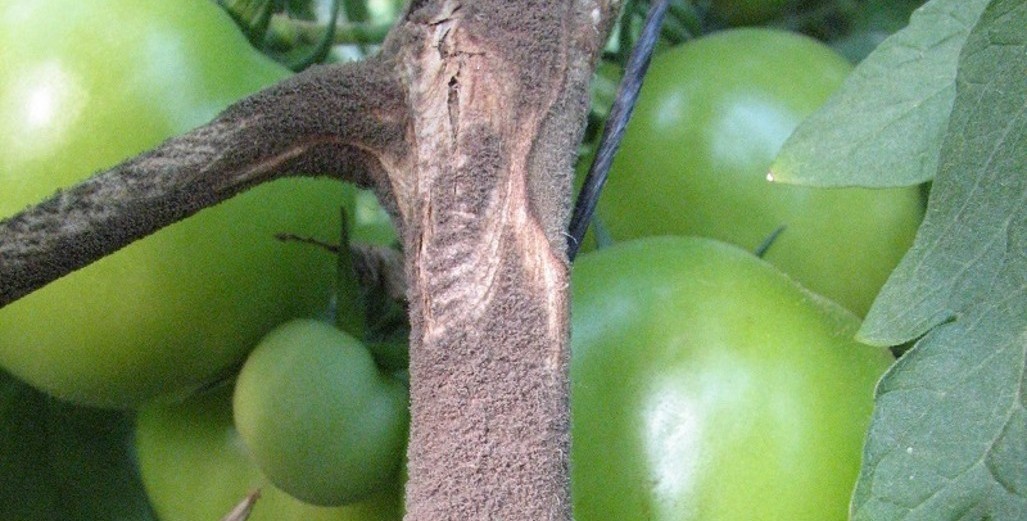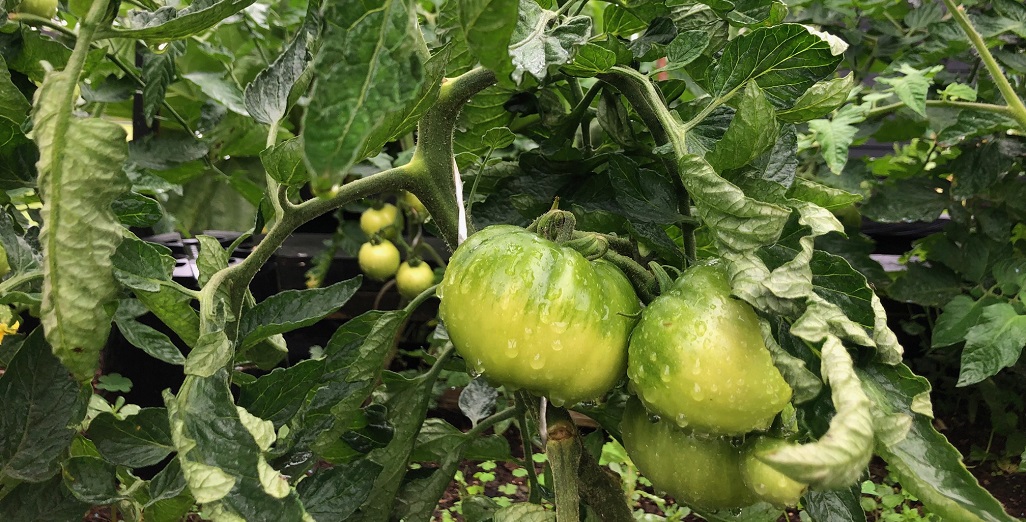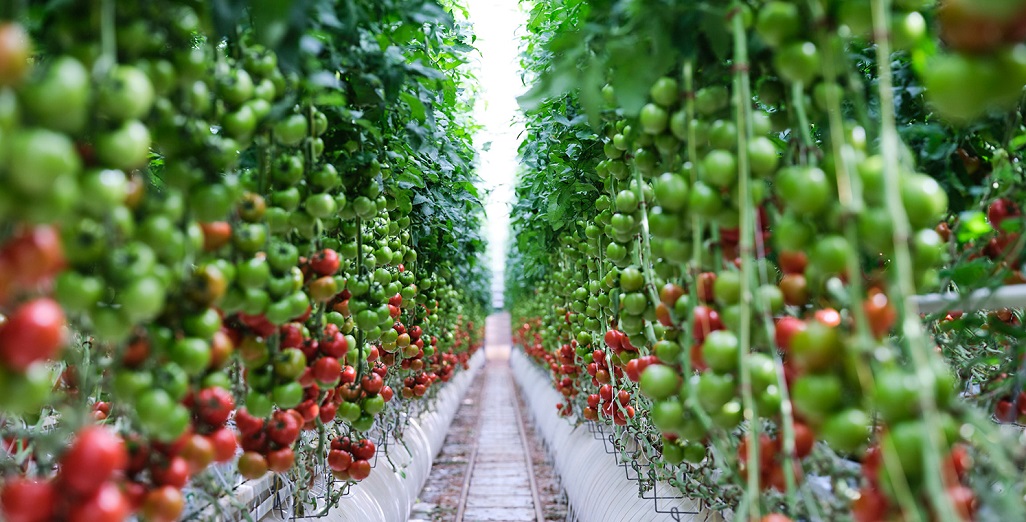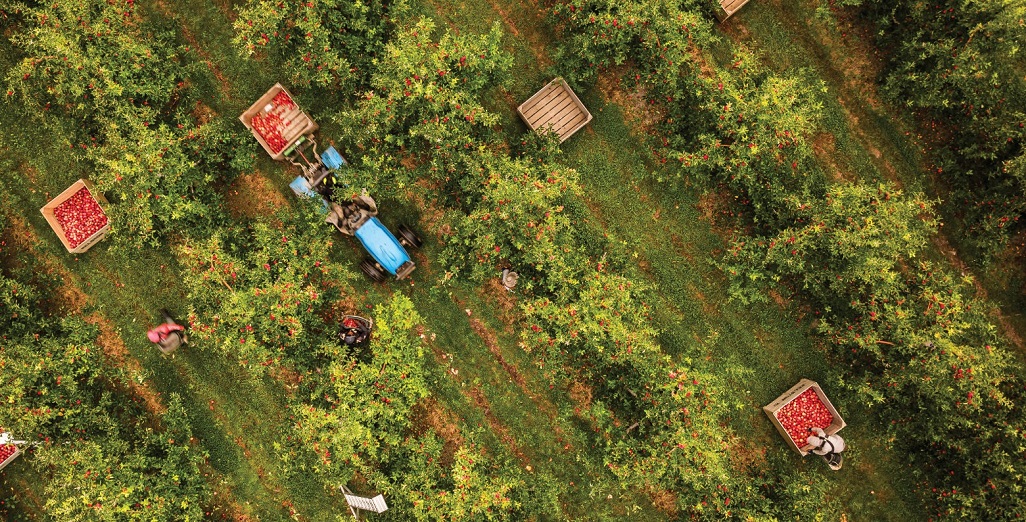Sign up here to subscribe to the Grower2grower Ezine. Every two weeks you will receive new articles, specific to the protected cropping industry, informing you of industry news and events straight to your inbox.
May 2019
Weather change

The Bot is Back
The weather has finally turned. During the end of April/early May we had beautiful days and very cool nights, it then turned quickly and we started having very warm night temperatures for May. This is not ideal as it has meant a reduction in heating or drying! The trouble with not using the heating available, and at least running a 35-40-degree minimum pipe, is that it has become the perfect breeding ground for Funguses such as Botrytis on tomatoes and Didymella on cucumbers amongst others. Now it is raining with a storm hitting a lot of the country on the 12th of May. The outside predicted minimum temperature was 17, in the Auckland area, on the night of the 12th of May. Christchurch was to fair a little better with a night time of 11 or 12 degrees. With it raining and very windy vents would be almost closed, so it makes it nearly impossible to have even a moderate minimum pipe level without your greenhouse temperature blowing out of control. So, the lesser of two evils is to not have much pipe temperature, which is all the invitation a fungus will need in these conditions.
It is just a fact of dealing with the Auckland weather in particular. Personally, I would still be using a minimum pipe, as I have been writing about in other articles recently, previous fruit loading impacts current decision making if this weather occurs. To sacrifice a few nights with higher temperature is easy to make if the plant is not carrying high fruit numbers. Clearly the plant won’t benefit from high temperatures if it has high fruit numbers per m2 in the current weather conditions combining with low Autumn light levels. In other parts of the country, where it is naturally cooler, the advantage for these growers is obvious, they can run a much higher pipe temperature which in turn should give a better control over funguses.
Last week I came across a crop with leaf botrytis and stem botrytis in the upper part of the plant. The stems at the bottom were very clean in comparison to the top. This was a large loose variety picking around the 6th truss. Even though this crop had been semi-heated the change in weather condition had already caused botrytis issues. The decision was made to immediately spray a fungicide, which considering the weather that we had on the 12th was a very good decision.
Blight is also something, tomato growers should be looking for, these are perfect conditions and if not identified and treated, you could potentially loose a lot of production potential.
Irrigation is another integral piece of the puzzle. Don’t over water and keep the nutrition up. Make sure you are achieving your target WC and EC levels.
There are some very good fungicides available for growers including biological and chemical products. I believe these products are very necessary to have in the tool kit, especially if you get blight. However, they should be seen as a wicket keeper. Controlling the environment, keeping it as dry as possible, reducing fruit load and increasing plant health are some important factors for reducing fungal infection.
.jpg)
Leaf Botrytis will happen especially if you have cold air and pockets of high RH levels in your leaf canopy
.jpg)
Annoying when the botrytis forms on the fruit. It is fiddley but try and remove this carefully into a plastic bag without spreading spores. Carefully place plastic bag over the infected fruit before cutting gently.
.jpg)
When stem botrytis gets to this stage, it is curtains. This is why now is a very important time to start a preventative programme if your cultivar is susceptible to botrytis.

Cucumber growers will be facing many challengers from now on. A clean and dry environment is important.
I appreciate your comments. Please feel free to comment below or on the grower2grower Facebook page:
https://www.facebook.com/StefanGrower2grower/
Article Written by Stefan Vogrincic, Consultant, Grower2Grower
Article Edited by Marie Vogrincic, Editor, Grower2Grower
CLASSIFIED
Subscribe to our E-Zine
More
From This Category

Greenhouse Production in the Future – Mike Nichols

Industry spearheads adoption of labour-saving tech with $52M boost (Australia)

a1 Apple Website Launched to Complement Brand Refresh
(Video of session now available) Excellent online webinar hosted by De Ruiter/Bayer Australia

Merry Christmas and Happy New Year 2024































